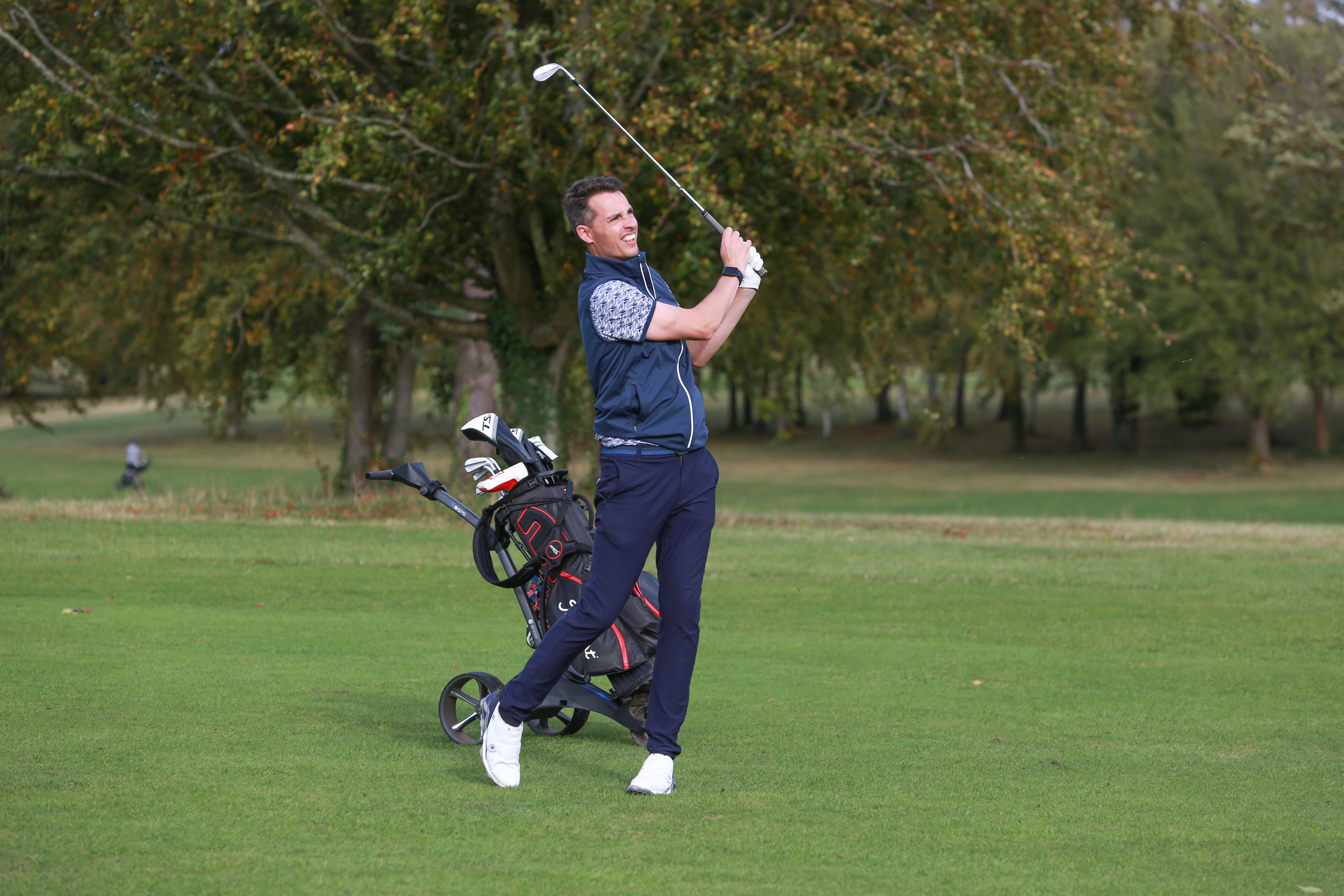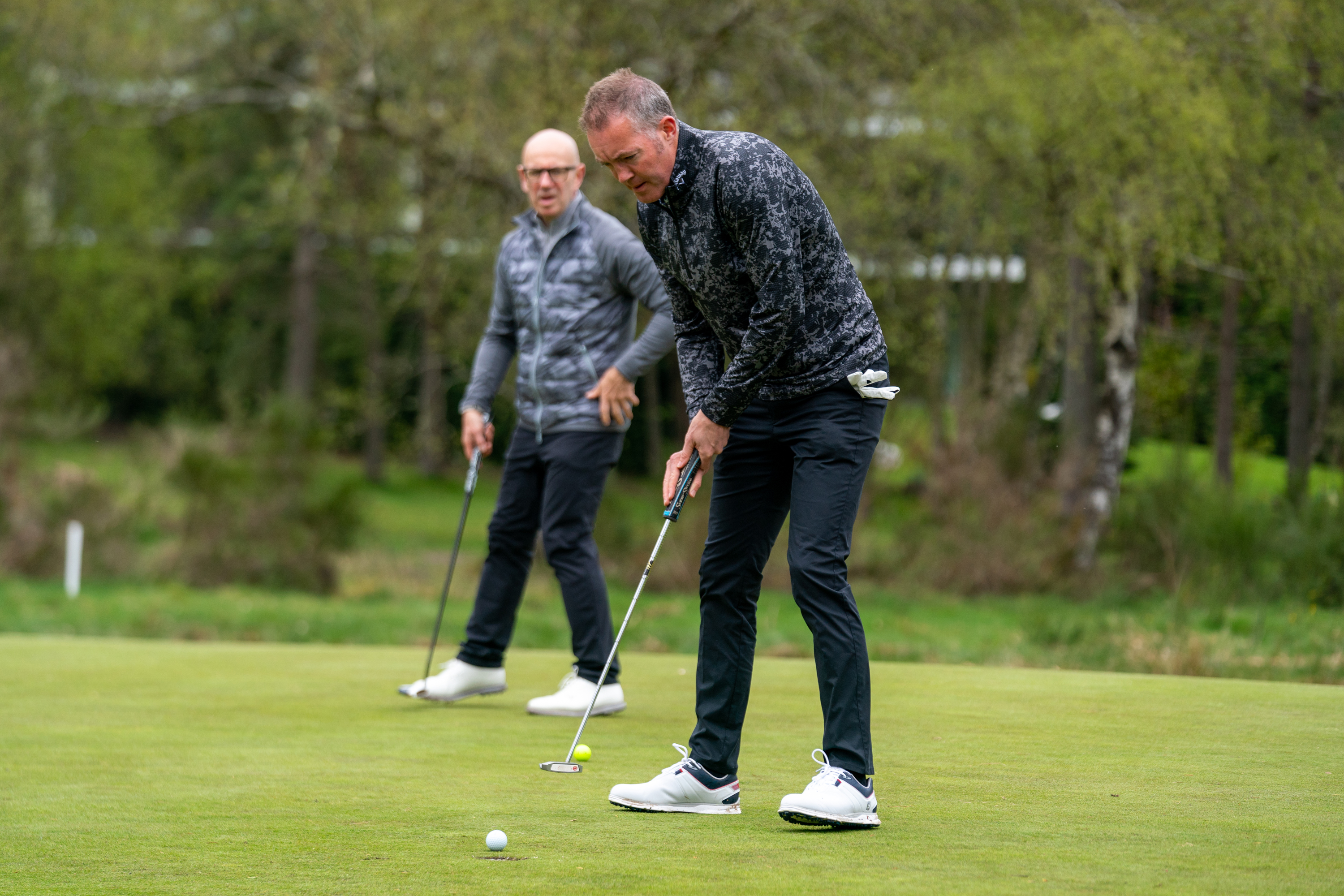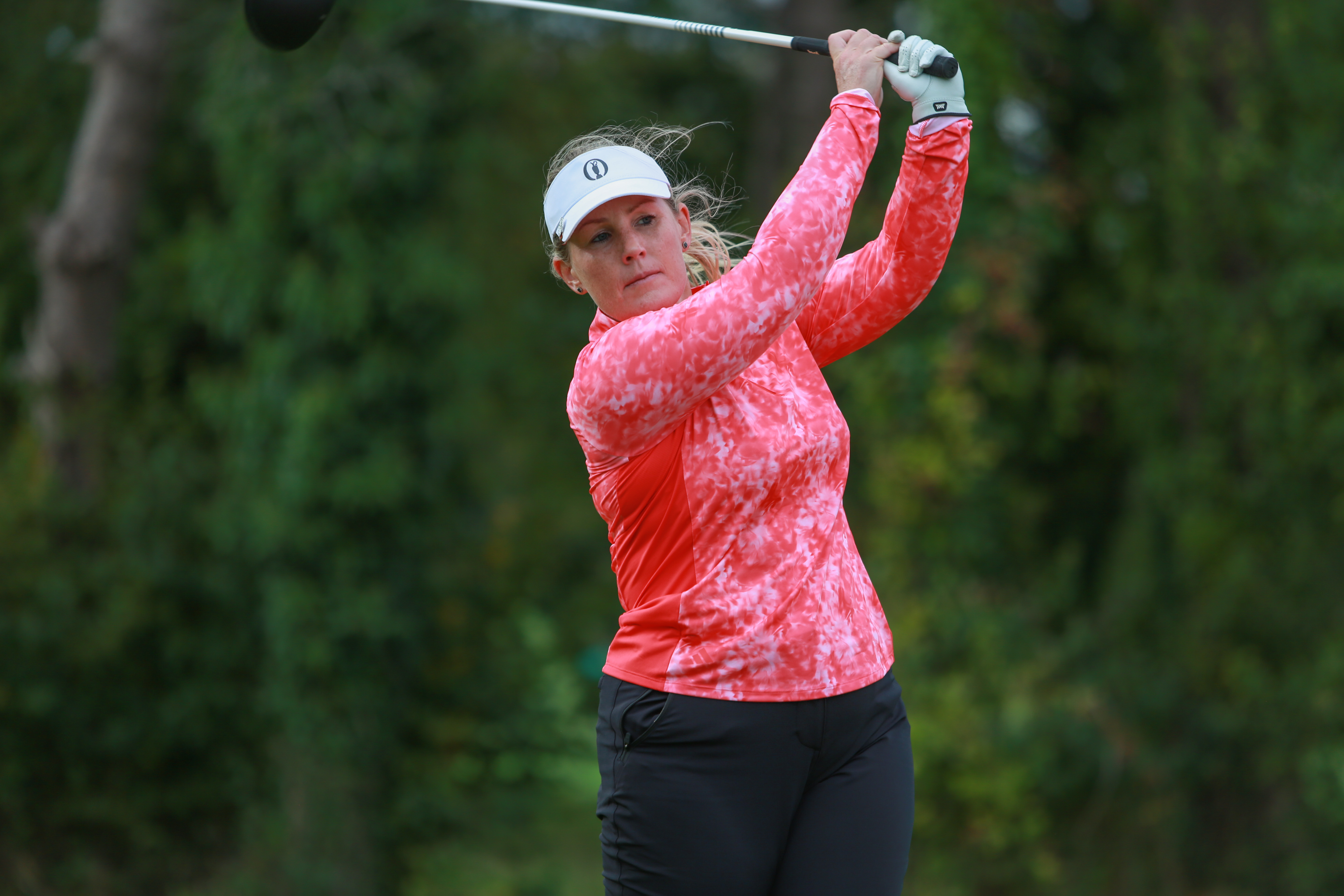5 Things All Single Figure Handicaps Do
Many golfers aspire to play off a single figure handicap. What do single figure handicaps do (or not do) that you could learn from?


Golfers at all levels have aspirations. Those at the top of the sport want to win big events, to earn money or to earn status and recognition for their ability on the course. Those just starting out in the game might hope to get the ball airborne, then make a par for the first time, then to break 100.
But the largest bulk of golfers on the planet are those who play competent but inconsistent golf, with a mid to high handicap. Progressing to a point where, even if briefly, they can say they hold a “single figure handicap” is a principal golfing ambition for many of those golfers.
For a decent percentage, it’s a legitimate possibility. With dedication and directed effort, reaching a single figure handicap is achievable for most who pick up a club.
By practising in all areas of the game, taking lessons, working on strategy and physical fitness, a single figure handicap is in reach for more players than might think it so.
As a starting point for those aspiring towards single digits, here’s a look at what all single figure handicaps do...
1. Play regularly

I've had this putt before...
Golf is not a sport one can dip in and out of if they wish to improve. Single figure handicaps will play whenever the opportunity arises: Before work, after work, when they should be at work, on weekends, high days and holidays, wedding anniversaries, the birthdays of their children… The dedicated single figure handicapper will find a way to get out on course. There’s no better way to attain and maintain a single figure handicap than regular golfing.
With the World Handicap System and the option for entering General Play scores, every round presents a chance to lower your handicap. The more you play, the better you get, the better your average score is, the better your resulting handicap.
Subscribe to the Golf Monthly newsletter to stay up to date with all the latest tour news, equipment news, reviews, head-to-heads and buyer’s guides from our team of experienced experts.
With WHS in mind, here’s the next thing that single handicaps do… They:
2. Persevere

To maintain a single figure handicap, a golfer needs a “never-say-die” attitude. A bad hole, even a bad couple of holes, does not mean the end of a round, it’s merely an upset to bounce back from.
The single figure player is always thinking about their handicap as they compile a round, be it a competition or General Play score. They are aware where they receive shots and they’re aware that the worst they can do is a nett double bogey. A disaster on any given hole does not ruin a day for the single figure handicap, they merely think of it as a double bogey that can be recovered from.
Even a No Return in a competition could be salvaged and become a counting score for handicap if most holes are played well. The single figure handicap will always persevere.
3. Believe They Left Shots Out There

Owing to that persistence, the single figure handicap will always believe they left shots on the course. No matter how good their score, they’ll always bemoan the missed putt on the 9th or the ball in the stream on the 16th.
They truly believe the next round will be the one where they put it all together and shoot the lights out. As they’re always trying for personal perfection, they’ll always get closer to it than the mid-high handicapper… They generally have great self-belief that they will be able to do better.
They will always:
4. Try To Improve Their Handicap

Things can always get better...
The seven handicapper believes they should be six. The three handicapper believes they belong off two. The handicap is a badge of honour for the single figure player.
They are less worried about winning club events than they are about the number on their current handicap certificate. If they can improve by 0.4 of a shot, their golfing day will have been made.
Ask most single figure handicap golfers what their principal golfing ambition is, and they’ll answer: “To get my handicap down.”
5. Work on Their Games

short game practice
With that in mind, the single figure handicap, more than other groups of amateurs, will invest time working on their games. And they will consider all elements.
They will bash balls at the range, spend hours on the chipping ground and putting green. They’ll get lessons and read and watch instruction features. They’ll look to the latest equipment and technology to gain a competitive edge. They’ll study psychology and consider their fitness and nutrition… All in the style of a top-level professional.
They’ll do all those things far less efficiently than a top-level professional of course, but that won’t stop them giving it a go.
Above all else, the single figure handicap is an eternal optimist!

Fergus is Golf Monthly's resident expert on the history of the game and has written extensively on that subject. He has also worked with Golf Monthly to produce a podcast series. Called 18 Majors: The Golf History Show it offers new and in-depth perspectives on some of the most important moments in golf's long history. You can find all the details about it here.
He is a golf obsessive and 1-handicapper. Growing up in the North East of Scotland, golf runs through his veins and his passion for the sport was bolstered during his time at St Andrews university studying history. He went on to earn a post graduate diploma from the London School of Journalism. Fergus has worked for Golf Monthly since 2004 and has written two books on the game; "Great Golf Debates" together with Jezz Ellwood of Golf Monthly and the history section of "The Ultimate Golf Book" together with Neil Tappin , also of Golf Monthly.
Fergus once shanked a ball from just over Granny Clark's Wynd on the 18th of the Old Course that struck the St Andrews Golf Club and rebounded into the Valley of Sin, from where he saved par. Who says there's no golfing god?